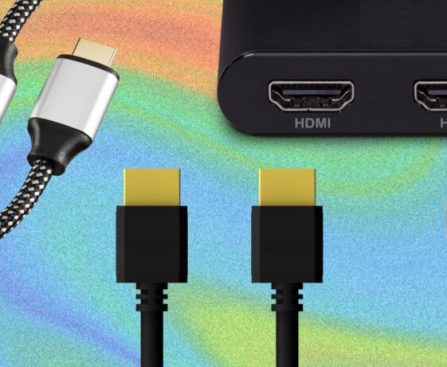## Ongoing Promotions on Apple Products: Price Cuts on AirPods Pro 3, iPad Pro, and More
As the technology industry progresses, Apple continues to be a leading force, particularly with its sought-after devices and accessories. Recently, substantial savings have surfaced on a range of Apple items, making it an ideal moment for buyers to acquire high-end tech. Here’s a glimpse at some of the top offers currently accessible.
### Apple AirPods Pro 3: Outstanding Audio at an Attractive Rate
The **AirPods Pro 3** have recently experienced a price reduction, now retailing for **$199.99**, down from the standard price of **$249**. This marks a **20% discount** and brings the cost within just $1 of the lowest noted price on Amazon. The AirPods Pro 3 have been highly commended for their audio performance and noise-cancellation capabilities, making them a preferred option for audiophiles and casual users alike.
These earbuds have consistently dominated sales rankings, especially during the festive period, and this recent offer provides another opportunity for those who might have missed earlier promotions. With **$49 in savings**, this deal is an excellent chance to enjoy Apple’s latest in-ear technology.
### Budget-friendly 13-inch M5 iPad Pro: A Robust Tablet at a Lower Price
Another notable bargain is on the **13-inch M5 iPad Pro**, which is now listed at **$1,149**, reduced from **$1,299**—a **$150 discount**. This is the best price available on Amazon for this version, which boasts the powerful M5 chip and 256GB of storage.
The M5 iPad Pro is celebrated for its efficiency and adaptability, making it ideal for both work and leisure activities. This price cut represents the first significant markdown since its launch in mid-October, making it a compelling choice for anyone looking to upgrade their tablet.
### Milanese Loops for Apple Watch: Chic and Budget-friendly
For users of Apple Watch, the **Milanese Loop bands** are now priced at nearly **20% off**, with starting prices at **$162.98**. Originally listed at **$199**, this price reduction provides a fashionable accessory for those looking to elevate their Apple Watch experience.
The Milanese Loop is praised for its sophisticated design and comfortable wear, making it a favorite among Apple Watch enthusiasts. While the savings might appear modest, it is one of the most competitive prices seen for these bands, making it a valuable purchase for style-conscious buyers.
### iPad Mini: A Compact Device with Notable Discounts
Lastly, the **iPad Mini** has also undergone a price reduction, now available for **$389.99**, down from **$499**, translating to nearly **$110 off**. This model is particularly enticing for those in search of a small and portable tablet that still delivers solid performance.
The iPad Mini is excellent for casual browsing, reading, and productive tasks on the move, making it a versatile addition to any technology collection. This price reduction enhances its appeal, especially for those who may have received Amazon gift cards over the holiday season.
### Final Thoughts
With these current reductions on widely sought-after Apple products, consumers have a distinct chance to obtain high-quality devices at significantly lower prices. Whether you are looking for superior sound with the AirPods Pro 3, a powerful tablet like the M5 iPad Pro, stylish accessories such as the Milanese Loop, or the compact iPad Mini, now is the perfect time to seize these deals before they are gone.











